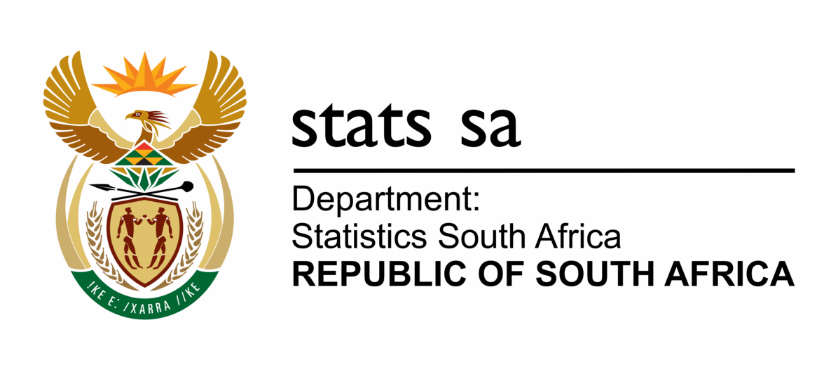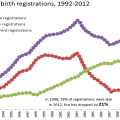
Late registration of births decreases
In 1998, 78% of birth registrations were late (births not registered in the same year, e.g. a child born in 2010 is only registered in 2012). By 2012, late birth registrations had decreased to 21%. The Department of Home Affairs has made concerted efforts to ensure that registration of births is made as easy as read more »
Only 36% of young children (Aged 0 – 4 years) live with both biological parents
A new report on the living circumstances of young children shows that, while 93% of young children have both biological parents still living, only 36% of them live with both biological parents. Most young children (43%) live with only their biological mother, 2% live with their biological father only, and 19% do not live with read more »
Mbalo Brief – November 2013
The 25th of November marks the beginning of the annual 16 Days of Activism for No Violence Against Women and Children. This is an international campaign aimed at generating an increased level of awareness relating to the incidence of violence against women and children, how it manifests itself within society and the negative impact on read more »

Stats SA to host the first annual Isibalo Awards
Stats SA has started the Isibalo user group symposium where users of Stats SA data were invited to make presentations on how they were using official statistics for evidence based decision making. On the 4 Dec 2013, Stats SA will be hosting the first annual Isibalo Awards evening for the best presentations. We would like read more »

Automotive strikes hamper growth
Before the slump in 2008/09 due to the global recession, manufacturing performed well, recording annual growth rates of 2,9%, 4,6% and 4,2% for 2005, 2006 and 2007 respectively. The recovery after the recession from 2010 to 2012 was sluggish, and 2013 showed anaemic annual growth of 1,3% to date. Factory output remains far from the read more »
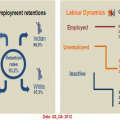
Labour market publications released
Labour market dynamics in South Africa, 2012 report and National and Provincial labour market trends over the last decade, 2003–2013, report Press Statement Statistics South Africa (Stats SA) released two labour market publications on the 5th of November 2013, namely, the “Labour Market Dynamics in South Africa, 2012” , and the “National and Provincial read more »

Employment levels back to pre-recession peak but absorption rate lower
Employment levels at 14 million in Q3: 2013 are now back to the Q4: 2008 peak. The working age population however, has increased by 2,3 million over the period Q4: 2008 to Q3: 2013 such that the percentage of South Africans aged 15-64 years with jobs (the absorption rate) has declined from 45,0% in Q4: read more »
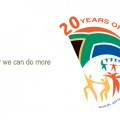
Celebrating 20 years of Freedom and Democracy
On 27 April 1994 South Africa cast aside centuries of discrimination and oppression to form a new society built on the foundation of freedom and democracy. This marked the end of apartheid rule and an introduction of a new Constitutional order, wherein all South Africans work towards a united, non-racial, non-sexist, democratic and prosperous society. read more »

Inflation back in target band…but food inflation pressures
The annual inflation rate dipped to 6% in September, from the 6,4% registered in August. Much of the monthly increase of 0,5% came from strong increases in basic necessities such as maize meal, rice, bread and meat. Food prices increased by 0,8% from August to September – the highest monthly increase since January this year. read more »
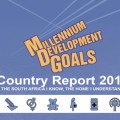
Millennium Development Goals report
FOREWORD Minister Trevor Manuel, the Minister in the Presidency: The National Planning Commission We are in the home stretch, 2015 is just around the corner and this Millennium Development Goals report, the fifth in a series of reports since the adoption of the MDG‟s in 2000, is critical in understanding and knowing whether we are read more »
